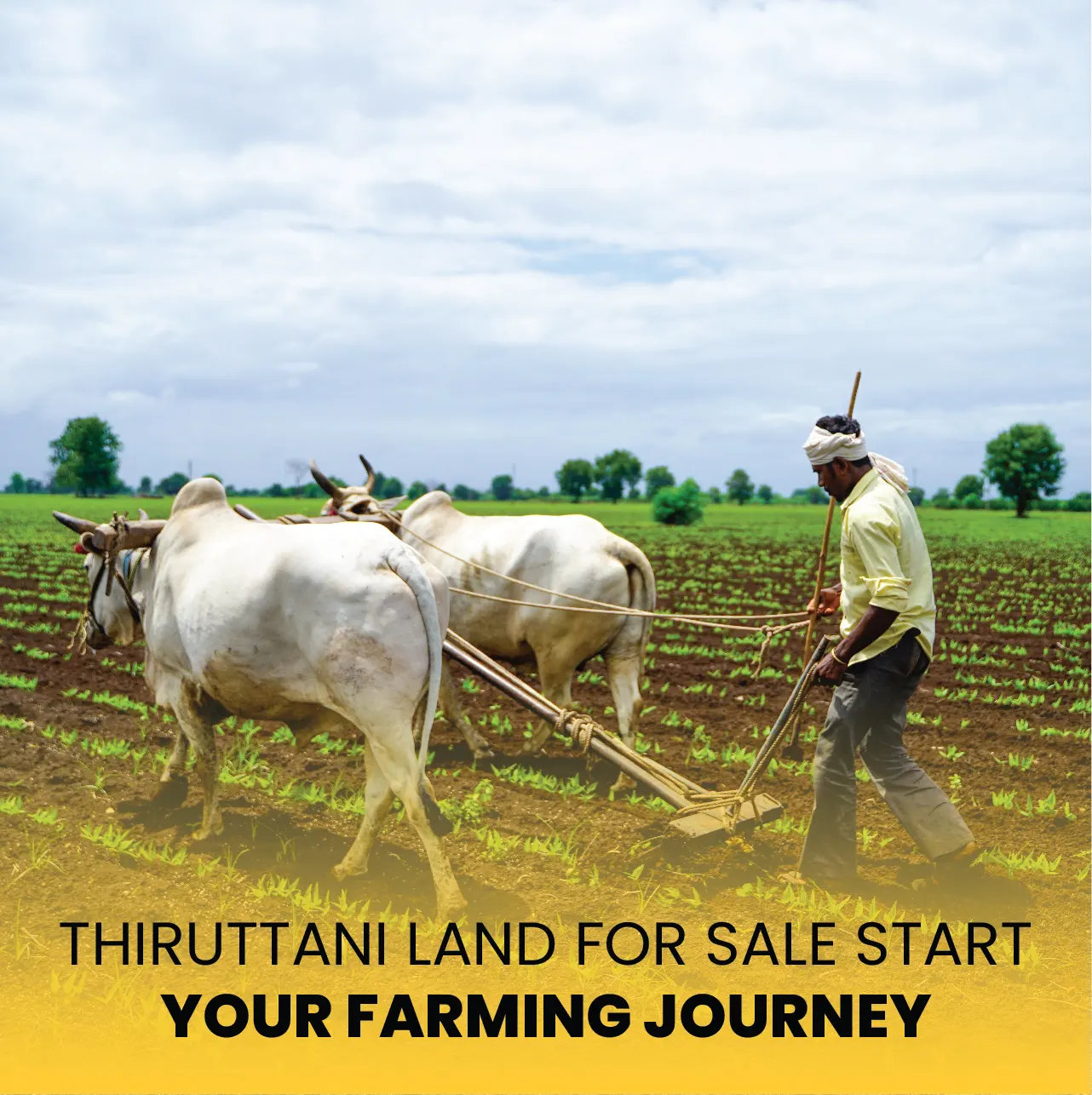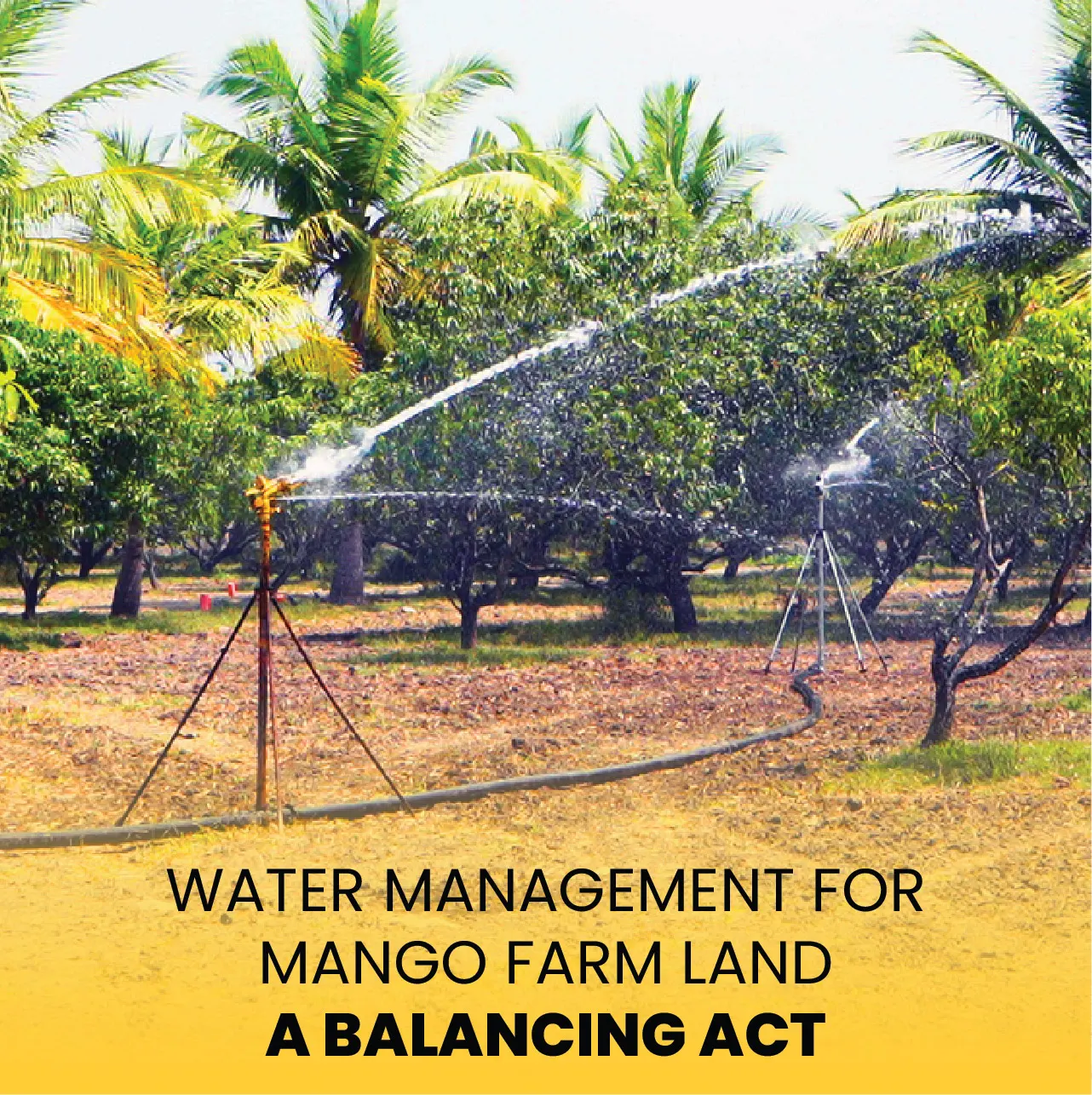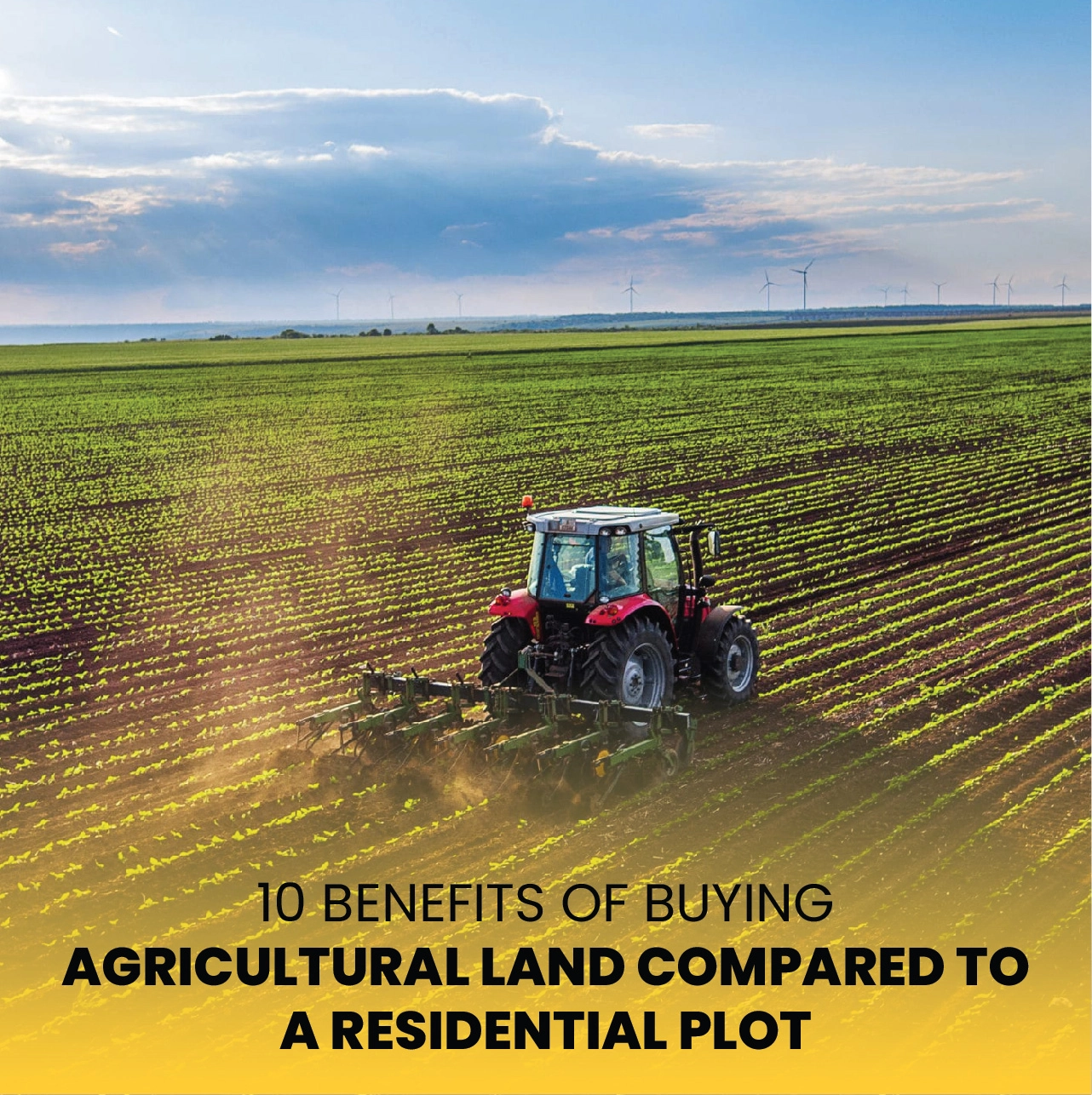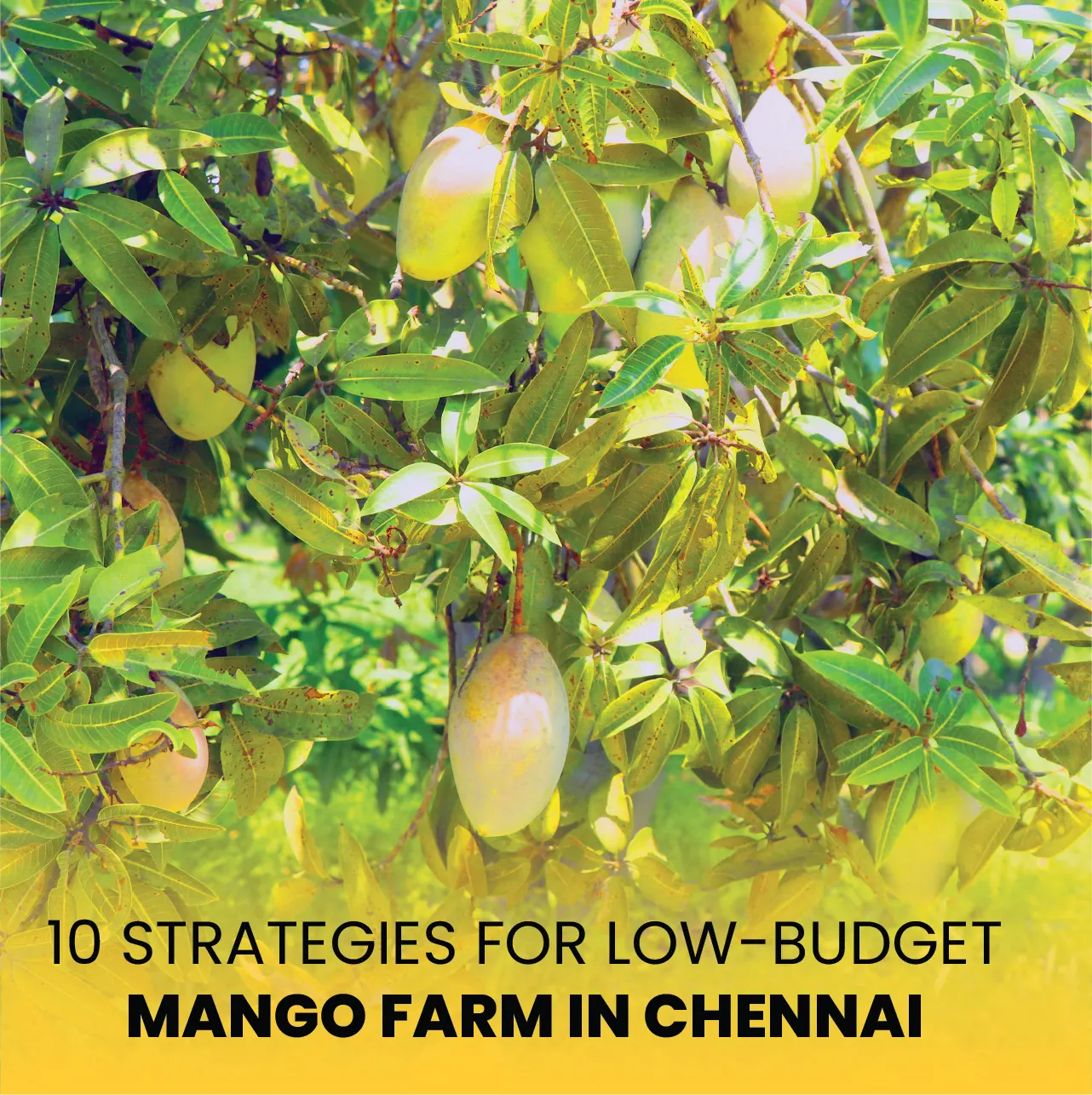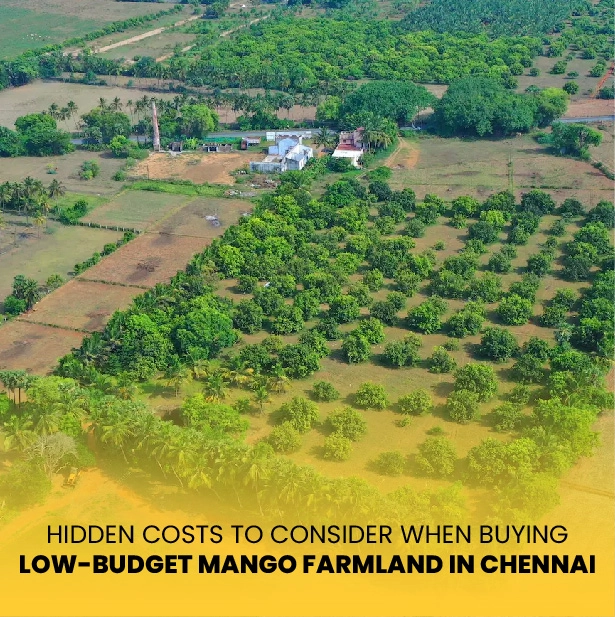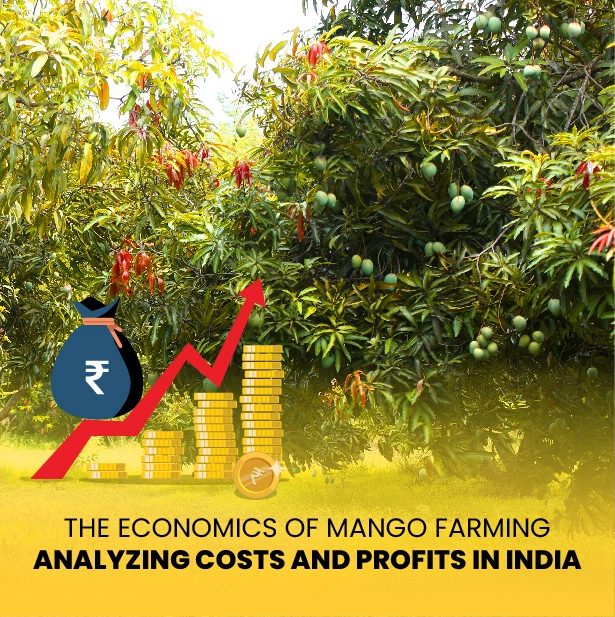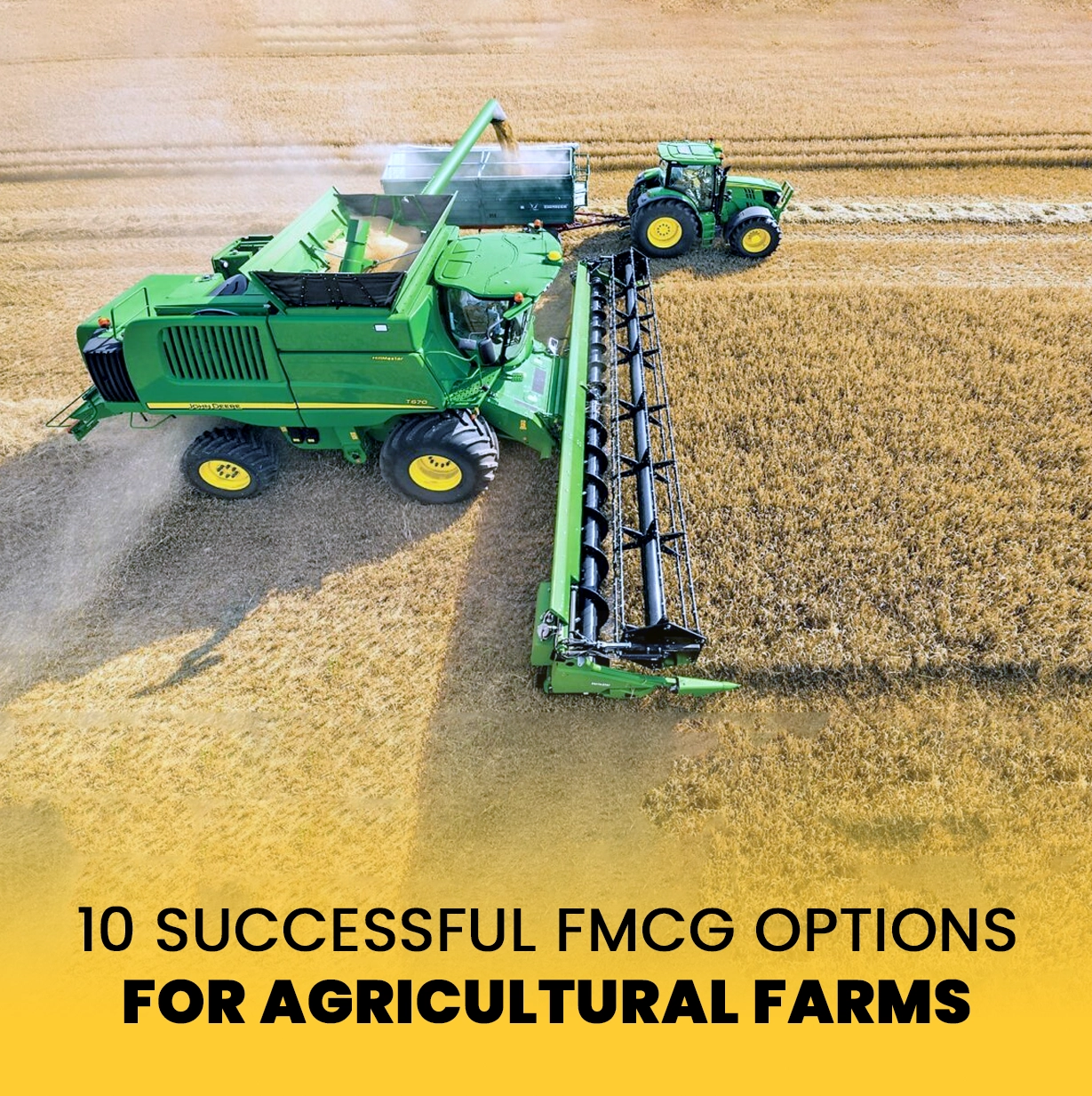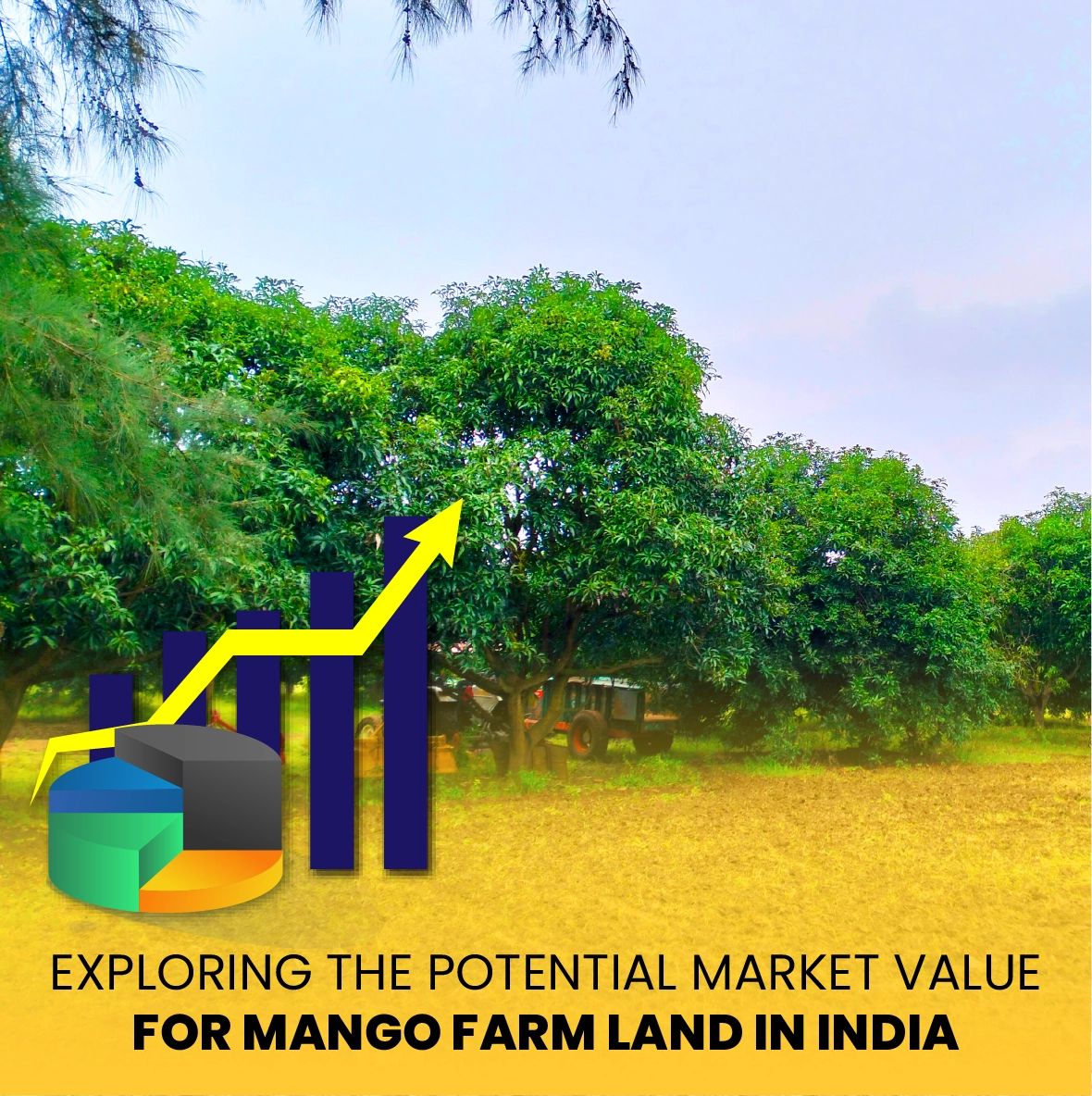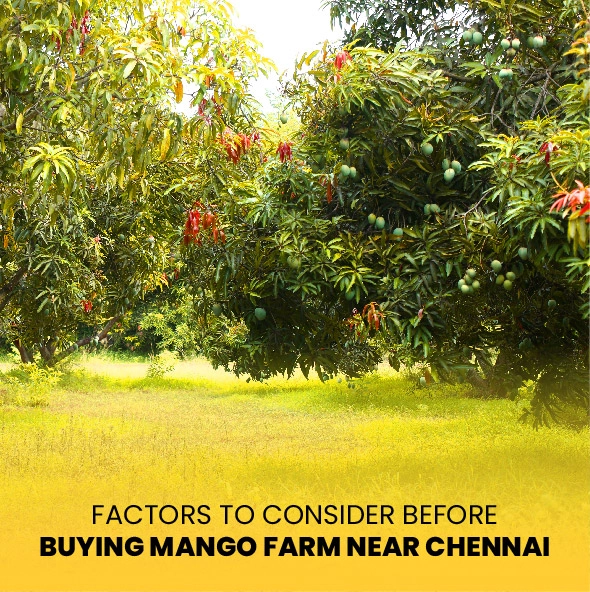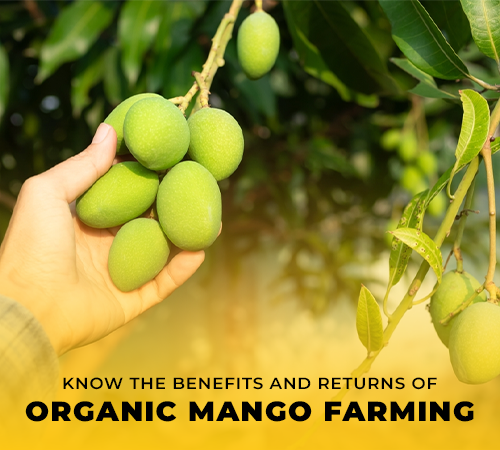Farmland is a crucial resource for food production, sustainability, and investment portfolios. Its importance goes beyond just food supply; it also includes environmental care, a stable economy, and communal well-being. Making wise selections, whether your interests in agriculture are developing, you are a seasoned farmer, or you are a smart investor, depends on knowing the main features of land. Driven by technical developments, shifting market needs, and environmental issues, the terrain of agricultural management is always changing. This emphasizes even more the need to stay current on the newest trends and optimal methods of using land. These are the top 10 facts you should know about agriculture if you want to negotiate this ever-changing industry.

We arrange farmland according to its usage and qualities. Arable, pastoral, horticultural, plantation and wetland agriculture are the principal forms. Crops such as grains, pulses, and vegetables that require consistent tiling are grown on arable land. On the other hand, grazing animals like goats, sheep, and cattle primarily use pastoral land. Horticultural land dedicates itself to fruit, vegetable, floral, and decorative plant farming. Wetland agriculture involves cultivating in water-flooded areas like rice paddies, while plantation land hosts perennial crops like tea, coffee, rubber, and spices. Maximizing land use and output requires an understanding of various agricultural environments.
As a result, farmland production is heavily dependent on the soil condition. Healthy crop development depends critically on the soil's pH, drainage capacity, fertility, and nutrient concentration. Regular soil testing and additions such as organic matter or lime can help maintain soil health. Rich in vital minerals, high-quality soil also has excellent water-holding capacity, which promotes strong plant development. Conversely, poor soil quality can lower agricultural production and raise susceptibility to pests and diseases. Thus, effective farming depends first on maintaining and enhancing the condition of the soil.
Productive farming depends on access to water. By augmenting natural rainfall, irrigation systems help to guarantee that crops get enough water during their growing seasons. When assessing land, consider the dependability and availability of water supplies, including rivers, lakes, and groundwater. Effective water management techniques, including rainwater collection and drip irrigation, help to save water and raise crop output. In areas with limited resources, using drought-resistant crop types and water-saving technologies will help to lessen the effects of water shortages on agriculture.
The climate greatly influences the types of crops that farmers can raise and the overall productivity of agricultural land. Knowing local weather patterns—including temperature, precipitation, and frost dates—allows farmers to select suitable crops and arrange planting and harvesting. Various crops have different climate needs; hence, growing them under appropriate conditions guarantees the best development and output. With erratic weather patterns and an increasing frequency of extreme events, climate change presents fresh problems for agriculture. Farmers must adapt to the changing times by selecting climate-tolerant crop varieties and implementing strong farming techniques.
To maintain the long-term profitability of land, sustainable land management techniques are required. Reduced tillage, crop rotation, cover cropping, and organic farming—all of which help to retain soil health—help to lower erosion and increase biodiversity. Crop rotation is the alternation of several crops on the same ground, intended to increase soil fertility and prevent insect cycles. Reduced tillage lessens soil disturbance and preserves moisture; covering crops adds organic matter and shields the ground from erosion. By avoiding synthetic chemicals, organic farming supports natural ecological balance. These methods improve soil quality and ecosystem health, therefore promoting sustainable agriculture.
Many economic elements affect farmland values: market demand, interest rates, and commodity prices all matter. While low interest rates help finance land acquisitions more reasonably, higher commodity prices can raise land values. To guide your decisions, watch market conditions and economic trends. Government policies and subsidies also influence the profitability of farming activities. Knowing the economic environment and how it affects agriculture enables investors and farmers to negotiate market swings and make calculated decisions to maximize results.
Technology is revolutionizing farming, making it more profitable and efficient. Precision farming lets field management be exact using GPS, sensors, and data analytics. Innovations such as biotechnology, drones, and autonomous vehicles also result in improved harvests and profitability. Smart farming technology helps farmers in real-time monitor soil conditions, crop health, and weather patterns, therefore enabling data-driven decision-making. While biotechnology provides better crop types with improved features, drones can complete duties including aerial spraying and crop monitoring. Accepting these technical developments will improve the sustainability and efficiency of farming.
Farming methods have a significant effect on the environment. Sustainable agricultural practices seek to lower negative effects, including greenhouse gas emissions, water pollution, and soil deterioration. Agriculture, integrated pest control, and conservation tillage all help to maintain environmental health through their respective applications. Combining biological, cultural, and chemical treatments, integrated pest management manages pests with the least effect on the environment. Agroforestry combines trees in agricultural settings to offer several advantages, like carbon sequestration and enhanced biodiversity. By lowering soil disturbance, conservation tillage helps to preserve soil structure and lower erosion. Using these techniques promotes a more ecologically friendly farming environment.
In the agriculture industry, government policies and assistance projects are absolutely crucial. Through grants, subsidies, and incentives, farmers can adopt new technologies, use sustainable practices, and increase output. Keep updated about important policies and initiatives meant to help your farming business. Policies that support infrastructure development, financial availability, research and development, and infrastructure can help the agricultural sector grow and be more resilient. Understanding the policy environment and utilizing the provided support can significantly impact the success and sustainability of farming businesses.
People are increasingly recognizing farmland as a worthwhile investment tool. It provides diversification, steady returns, and an inflation buffer. Farmland appeals to investors because of its possibility of creating income via land value appreciation and agricultural output. When thinking about investing in land, weigh elements including market trends, soil quality, water availability, and location. Including farms in diversified investment portfolios provides long-term security and opportunities for expansion. Still, it's important to do careful due diligence and realize the hazards involved in agricultural land investments.
Anyone engaged in or contemplating involvement in the agricultural farmland field must first understand these ten fundamental land features. These components, from soil quality and water availability to economic variables and technological improvements, together define agriculture's production, sustainability, and investment potential. Farmers and investors can maximize the value and advantages of this important resource by staying educated and following best practices. As agriculture develops, embracing creativity and sustainable techniques will be critical to ensuring farmland's long-term survival and prosperity.
